Search
Remove Ads
Advertisement
Summary 
Loading AI-generated summary based on World History Encyclopedia articles ...
Search Results
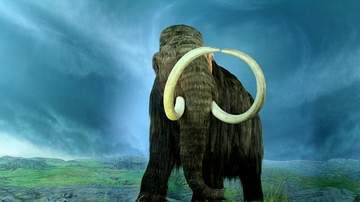
Definition
Woolly Mammoth
The woolly mammoth, Mammuthus primigenius, is an extinct herbivore related to elephants who trudged across the steppe-tundras of Eurasia and North America from around 300,000 years ago until their numbers seriously dropped from around 11,000...
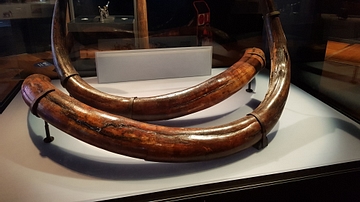
Image
Woolly Mammoth Tusks
Tusks of a woolly mammoth found in Alaska and usually residing at the University of Alaska Museum in Fairbanks, although when (and where) this picture was taken in December 2017 it was on loan at the Australian Museum in Sydney. It came with...
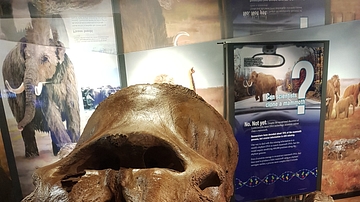
Image
Woolly Mammoth Skull
Woolly mammoth skull, jaw, and teeth (to the right) on display at the Australian Museum in Sydney in December 2017, on loan from the University of Alaska Museum in Fairbanks where it normally resides.
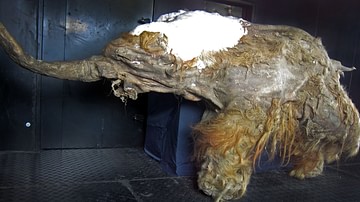
Image
Young Woolly Mammoth Carcass
This carcass of a young woolly mammoth, nicknamed 'Yuka', is on display in Moscow after being found in an astonishingly good condition in Siberia. It died around 39,000 years ago and was between 6 and 11 years old.

Article
Prehistoric Hunter-Gatherer Societies
Hunter-gatherer societies are – true to their astoundingly descriptive name – cultures in which human beings obtain their food by hunting, fishing, scavenging, and gathering wild plants and other edibles. Although there are still groups of...
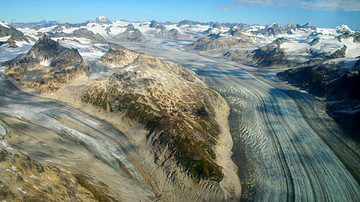
Definition
Ice Age
An ice age is a period in which the earth's climate is colder than normal, with ice sheets capping the poles and glaciers dominating higher altitudes. Within an ice age, there are varying pulses of colder and warmer climatic conditions, known...

Image
Woolly Mammoths
Artist's vision of woolly mammoths (Mammuthus primigenius) in a late Pleistocene landscape in northern Spain. Mammoths were hunted by prehistoric humans.

Image
Wooly Mammoth
Wooly Mammoth, as shown at the Royal BC Museum, Victoria, British Columbia.
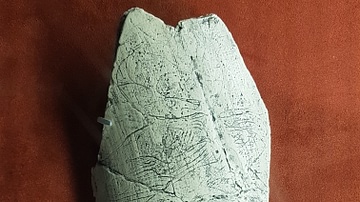
Image
Mammoth Engraving
Cast of an engraving of a woolly mammoth on mammoth ivory made by early modern humans (Homo sapiens) at the rock shelter of La Madeleine, France, between c. 17,000- c. 11,000 years ago. It resides at the Collection de Paleontologie du Museum...
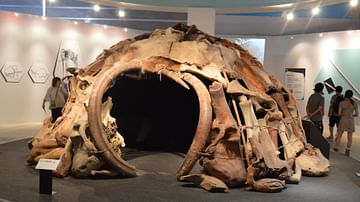
Image
Replica of a Mammoth-bone Structure
Replica of a mammoth-bone structure, shown at the "Frozon Woolly Mammoth Yuka Exhibit" in Yokoyama, Japan in Summer 2013. Upper Palaeolithic man is known to have created dwellings using mammoth bones.